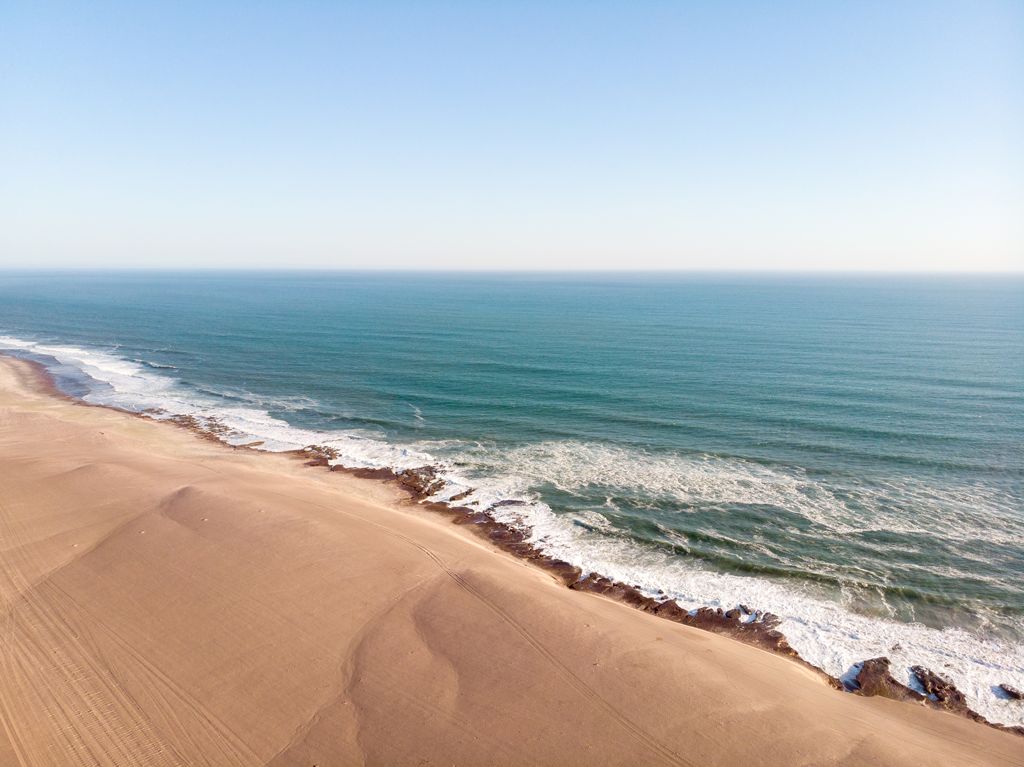
Set in the northwest of Namibia, the Skeleton Coast is considered one of the harshest and most inhospitable environments in Africa. The landscape is hauntingly beautiful, comprised of shifting sand dunes, treacherous seas and rocky landscapes. The fog rolling off the sea and notorious strong currents have seen the demise of many ships over the years and the many shipwrecks and whale carcasses are what remains today.While the area is not traditionally known for its wildlife, there is an unexpected variety. Highlights include huge seal colonies, desert-adapted lions, elephants, giraffes and finally jackals and hyenas, who prey on the seal pups.Very few appreciate the sheer magnitude of the Skeleton Coast, which stretches the 400km of coastline up to the Angolan border. Those wanting to visit the Skeleton Coast must stay within the Skeleton Coast National Park, in which there exists only one luxury lodge. The area is forbidden to any other visitor without the right government permit. For those who choose not to stay within the park, instead base themselves in Swakopmund. From there, they can enjoy the Skeleton Coast from the skies on a scenic flight, which is arguably the way to see it. For those not on a budget, the best way to view these incredible landscapes is with Skeleton Coast Safaris, who have access to the most remote and inaccessible parts of Namibia.
All of the trips we create for The Skeleton Coast are designed and tailored specifically for you. We create each trip from a blank piece of paper, building the holiday you had dreamed, using our experience, knowledge and contacts to design the ultimate experience.
Below are some of examples of trips in The Skeleton Coast that we have created, designed to showcase the destination, our expertise and create some inspiration.
10 Day Itinerary
Guide Price: £16,700pp
Guide Price: $20,000pp
Embark on the ultimate Namibian journey, delving into the breathtaking landscapes on land whilst tracking elephants, rhinos and leopards, and through the skies on an exhilarating air safari along the Skeleton Coast.
15 Day Itinerary
Guide Price: £12,900pp
Guide Price: $15,500pp
Experience the enchantment of Namibia, from romantic starlit dinners amidst rugged mountains, exploring the diverse landscapes like the red sand dunes of Sossusvlei and Mowe Bay to tracking endangered black and white rhinos through Ongava National Park.
15 Day Itinerary
Guide Price: £12,100pp
Guide Price: $14,500pp
Immerse yourself in Namibia’s untamed wilderness, finding retreat in isolated spots amid the varied landscapes of grassy savannas or a transformed lighthouse. Revel in unique experiences, including serene hot air balloon rides, as you traverse this breathtaking terrain.
Featured
This stunning lodge has been designed to resemble the shipwrecks that line Namibia’s beachfront on which the lodge sits on.

INSPIRATION
SIGN UP
Weekly travel inspiration, news and updates from our team of travel specialists
Sign up